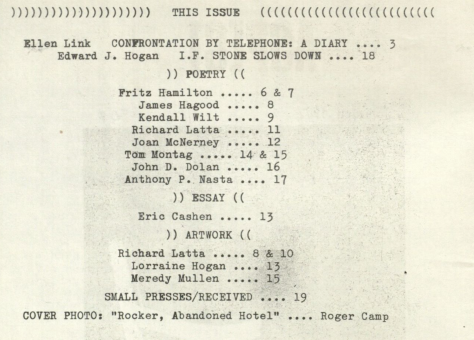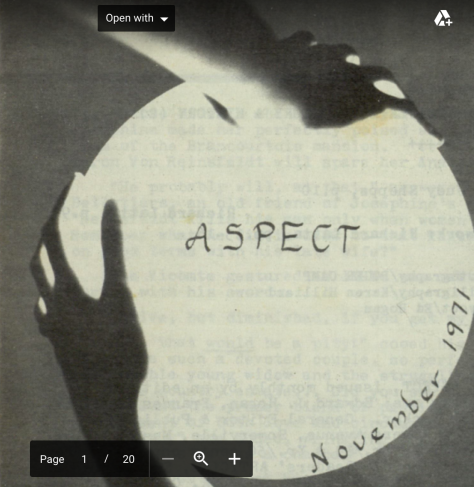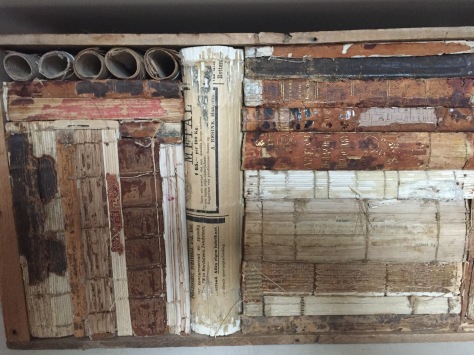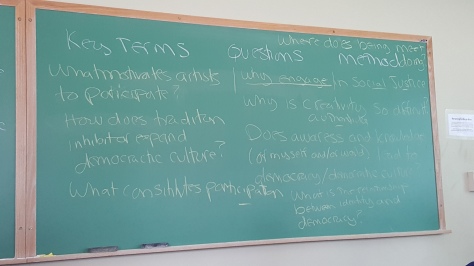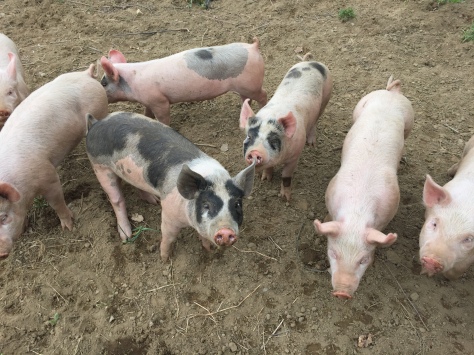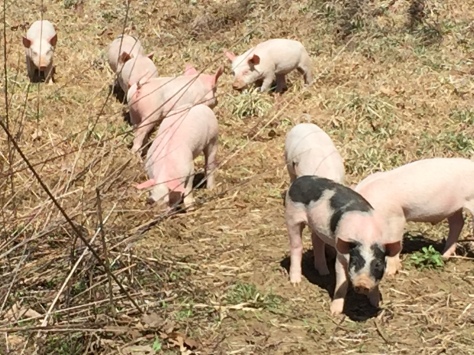Walt Whitman, “Democratic Vistas”
We find ourselves abruptly in close quarters with the enemy. This word Culture, or what it has come to represent, involves, by contrast, our whole theme, and has been, indeed, the spur, urging us to engagement
“Carlyle from American Points of View” (1881)
My utmost pretension is probably but to offset that old claim of the exclusively curative power of first-class individual men, as leaders and rulers, by the claims and general movement and result of ideas. Something of the latter kind seems to me to be the distinctive theory of America, of democracy, and of the modern—or rather, I should say, it is democracy, and is the modern.
Ralph Waldo Emerson, “The American Scholar”
“This revolution is to be wrought by the gradual domestication of the idea of Culture. The main enterprise of the world for splendor, for extent, is the upbuilding of a man. Here are the materials strewn along the ground.”
(Emergence of democratic culture as alternative to a hierarchical and exclusive (Whitman called it “feudal”) definition of culture)
James Baldwin, “The Creative Process”
This continent now is conquered, but our habits and our fears remain. And, in the same way that to become a social human being one modifies and suppresses and, ultimately, without great courage, lies to oneself about all one’s interior, uncharted chaos, so have we, as a nation, modified or suppressed and lied about all the darker forces in our history. We know, in the case of the person, that whoever cannot tell himself the truth about his past is trapped in it, is immobilized in the prison of his undiscovered self. This is also true of nations. We know how a person, in such a paralysis, is unable to assess either his weaknesses or his strengths, and how frequently indeed he mistakes the one for the other.
Doris Sommer, The Work of Art in the World: Civic Agency and the Public Humanities
“Constitutional democracies are themselves collective works of art accountable for their constructions. And constitutions remain open to performative interventions, obliging citizens to cultivate their creativity and criticism” (104).
(Metaphor of the state as a work of art)
Michel Foucault, “On the Genealogy of Ethics: Report on a Work in Progress.”
What strikes me is the fact that in our society, art has become something which is related only to objects and not to individuals, or to life. That art is something which is specialized or which is done by experts who are artists. But couldn’t everyone’s life become a work of art? Why should the lamp or the house be an art object, but not our life?
Pablo Helguera, “Interview”
These are works that are designed to address social or political issues only in an allegorical, metaphorical, or symbolic level (for example, a painting about social issues is not very different than a public art project that claims to offer a social experience but only does so in a symbolic way such as the ones just described above). The work does not control a social situation in an instrumental and strategic way in order to achieve a specific end. This distinction is partially based on Jurgen Habermas’s work The Theory of Communicative Action (1981). In it Habermas argues that social action (an act constructed by the relations between individuals) is more than a mere manipulation of circumstances by an individual to obtain a desired goal (that is, more than just the use of strategic and instrumental reason. He instead favors what he describes as communicative action, a type of social action geared to communication and understanding between individuals that can have a lasting effect on the spheres of politics and culture as a true emancipatory force. (6-7)
(Production and reception of culture and cultural performance: socially engaged art as less confined to the distinctions between creative and critical cultural work, making and thinking, producer and consumer)
Terry Tempest Williams, “Commenement”
When minds close, democracy begins to close. Fear creeps in; silence overtakes speech
Ta-Nehisi Coates, Between The World and Me
The Dream thrives on generalization, on limiting the number of possible questions, on privileging immediate answers. The Dream is the enemy of all art, courageous thinking, and honest writing (50).
Key Questions: Call and Response
What is democratic culture? How is it (or how might it be) different from other forms of culture?
What opportunities, roles, responsibilities and/or obligations are associated with life in a democratically organized society?
In what forms do we find expression of democratic ideals, values, and practice?
How do individuals come to organize their lives around a belief in the ideals of democracy?
How do we live with the ideal and the fact—the possibilities, for example, of the logic of equality and the persistent fact of inequality?
Adrienne Rich, An Atlas of the Difficult World
I don’t want to know
wreckage, dreck and waste, but these are the materials
and so are the slow lift of the moon’s belly
over wreckage, dreck and waste, wild treefrogs calling in
another season, light and music still pouring over
our fissured and cracked terrain”(4)
*
I promised to show you a map you say but this is a mural
Then yes let it be these are small distinctions
Where do we see it from is the question (6)
*
“using the poems to talk to each other” (9)
*
Waste. Waste. The watcher’s eye put out, hands of the
builder severed, rain of the maker starved
those who could bind, join, reweave, cohere, replenish
now at risk in this segregate republic
locked away out of sight and hearing, out of mind, shunted aside
those needed to teach, advise, persuade, weigh arguments
those urgently needed for the work of perception
work of the poet, the astronomer, the historian, the architect of
New streets
work of the speaker who also listens
meticulous delicate work of reaching the heart of the desperate
Woman, the desperate man
—never-to-be-finished, still unbegun work of repair—it cannot
be done without them
and where are they now? (11)
*
Catch if you can your country’s moment, begin (12)
*
There are roads to take she wrote
when you think of your country driving south
To West Virginia Gauley Bridge silicon mines the flakes of it
heaped like snow, death-angel white
—poet journalist pioneer mother
uncovering her country: there are roads to take (13)
*
I honor your truth and refuse to leave it at that (19)

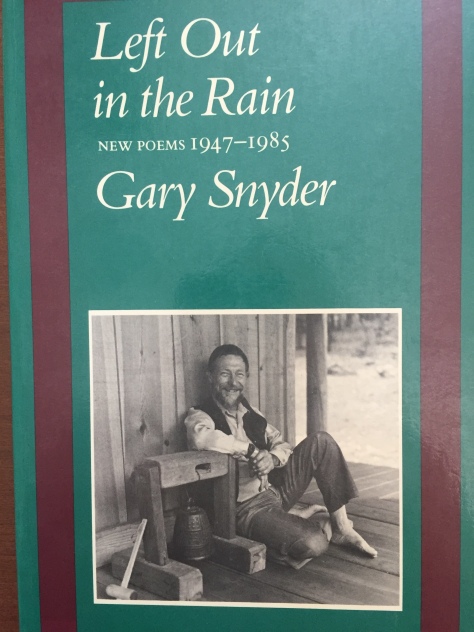
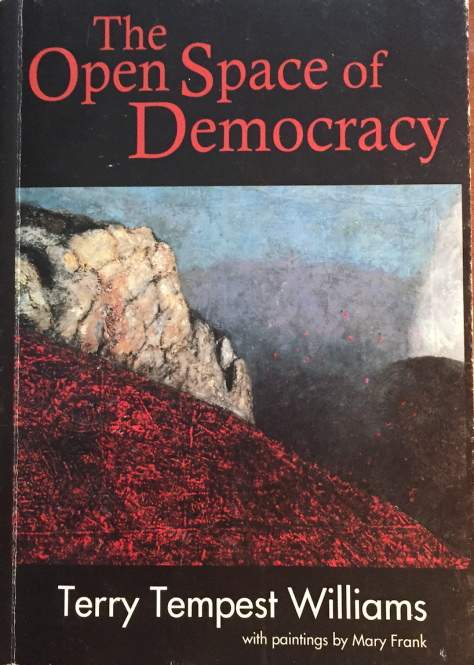
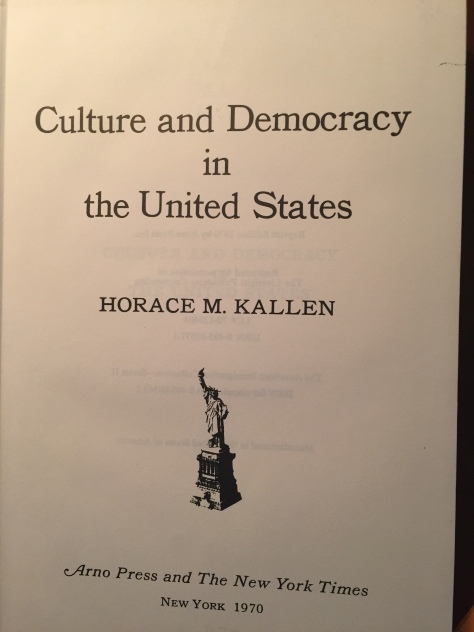
 Understanding of Democracy and Culture
Understanding of Democracy and Culture
